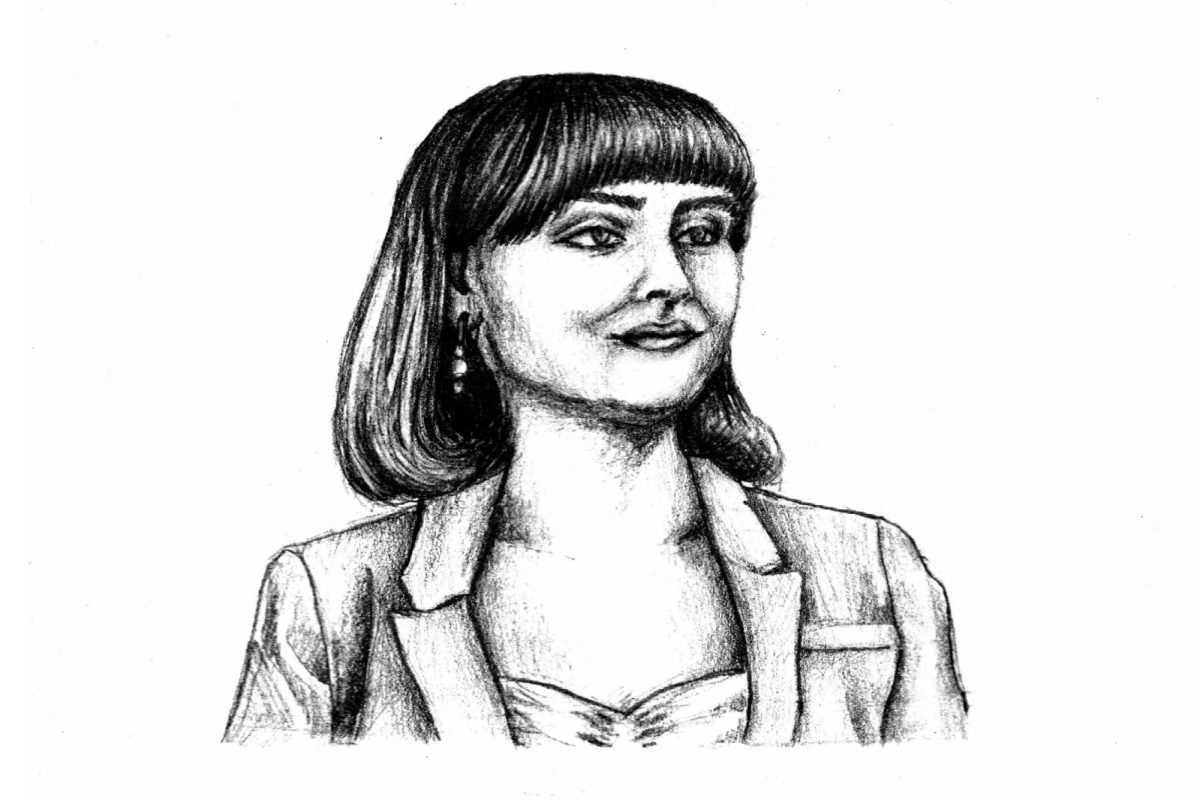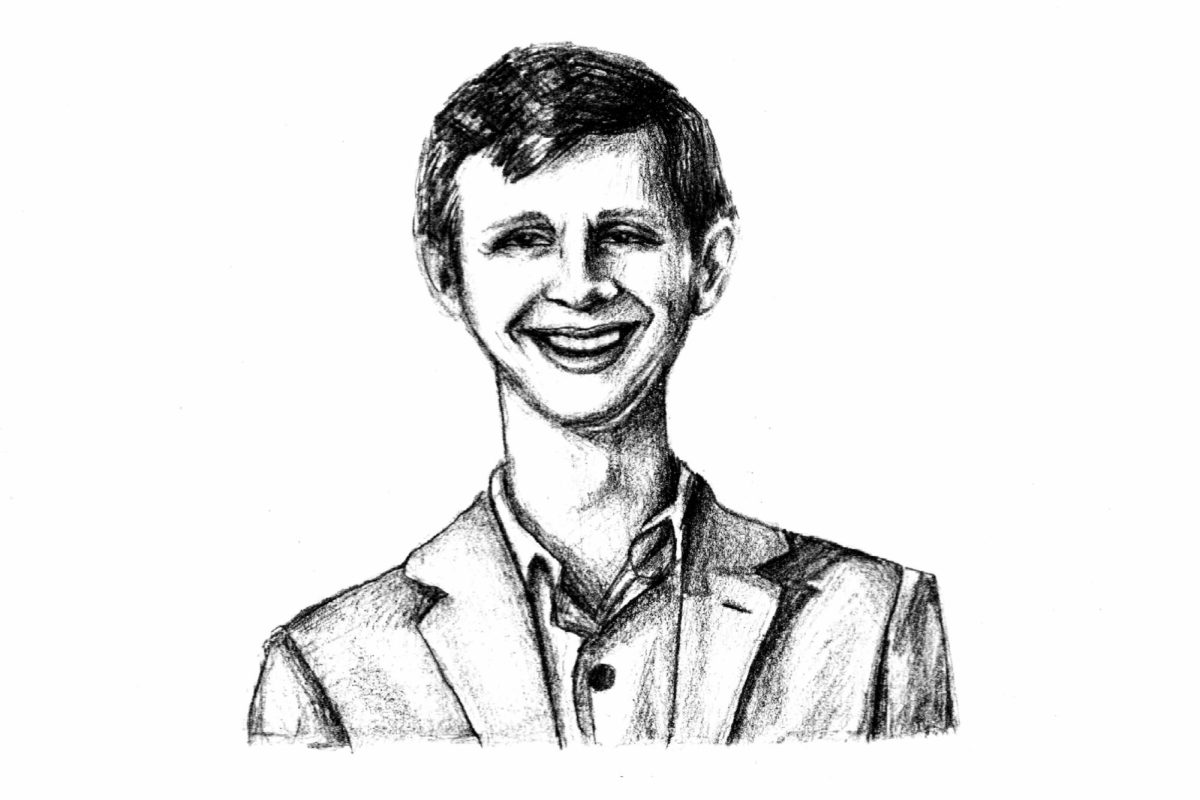Last month, Lin Manuel Miranda’s long-awaited film In The Heights hit the box office. The film chronicles the challenges of a local bodega owner, Usnavi, who navigates life in an increasingly gentrified Washington Heights. Critics praised the film for its inclusivity and portrayal of “latinidad.” But Miranda’s representation of Latinx personalities leans into well-worn, uncreative American-centric Latinx generalizations that exoticize and make caricatures of Brown communities for the entertainment of White ones. The effect of this lack of imagination is erasure of Brown dissident history, historically excluded populations and the invocation of cultural misappropriation. The pervasiveness of this kind of portrayal is seen in Miranda’s understanding of Washington Heights residents — a product of a mainstream culture that aims to create a Latinx caricature that is socially and politically non-threatening.
Historically excluded communities have been long portrayed as helpless and non-existent in revolutionary spaces to erase the visibility of dissidence. Nowhere is this phenomenon more clear than in In the Heights, a story that follows inter-generational residents being forced out of their businesses and communities as a result of financial strain imposed by rising rent prices where community members respond with cheerful song and dance. In one of the movie’s last music scores “Carnaval del Barrio,” the residents of Washington Heights throw a block party as they experience a power outage during one of New York’s worst heat waves. This festival comes shortly after a cherished community member, Abuela Claudia, has passed from heat exhaustion— a real danger to elderly people in communities with insufficient infrastructural provision of resources to manage heat. In response, Usnavi, the main character, sings, “Maybe we’re powerless…maybe this neighborhood is changing forever… [but] Imma fly this flag I got in my hand” as the block breaks into a display of generic latinidad. Nothing says dehumanization like having your diminishing material reality as the centerpiece of a musical where you’re portrayed as a politically passive nomadic street festival.
Of course, any of this would be hard to portray without the meaningful visibility of Afro-Latinxs and women, which was noticeably absent from In the Heights. With the exception of one character, none of the lead actors are Afro-Latinx. The actors who are Afro-Latinx occupy background roles as dancers or service workers, appropriately representative of how Black identities are often reduced to their usefulness to non-Black people. This was especially true of the Afro-Latina actors who were reduced to on screen sexual aesthetics, like Dascha Polanco, the Screen Actors Guild Award winner who played Cuca – slang for vagina – whose only line was making an advance at the male lead.
Not only does this movie hardly pass the Bechdel Test – a test that requires two named women characters to talk to each other about something other than a man – but it fails to represent the very people who it has to thank for the allusions to latinidad like bachata, merengue and salchichon. In the Heights makes a slight effort to allude to racial and national variance within the Latinx community through occasional references to different Latin American countries, however it chooses not to explore why those differences have significant material consequences. In doing so, the movie authenticates “the notion of a generic and commodified latinidad where everyone, regardless of their national origins and histories is fundamentally the same.” This sanitized version of latinidad, a product of the stronghold of racial hierarchies, through its complacency with a narrative that refuses to acknowledge material inequality, has the effect of uplifting white Latinxs as the most desirable. It’s clear Hollywood favors the Sofia Vergara-adjacent image of Latinxs, but to self proclaim as a Latino blockbuster without celebrating or representing “latinidad’s” roots in Blackness is dishonest.
In the Heights’ lack of creative imagination for how to externalize Latinx personalities and culture should provoke greater inquiry into what power structures influence our understanding of communities we aren’t a part of. Additionally, they should also provoke questions about what the material consequences of cultural reductiveness have on historically excluded communities. In the Heights should also make it clear that it’s easy to reproduce dehumanizing depictions of historically excluded communities, even if we are a part of those communities ourselves.
Karina Ochoa Berkley, a junior majoring in political science and philosophy, is an opinions columnist and the assistant copy editor.



